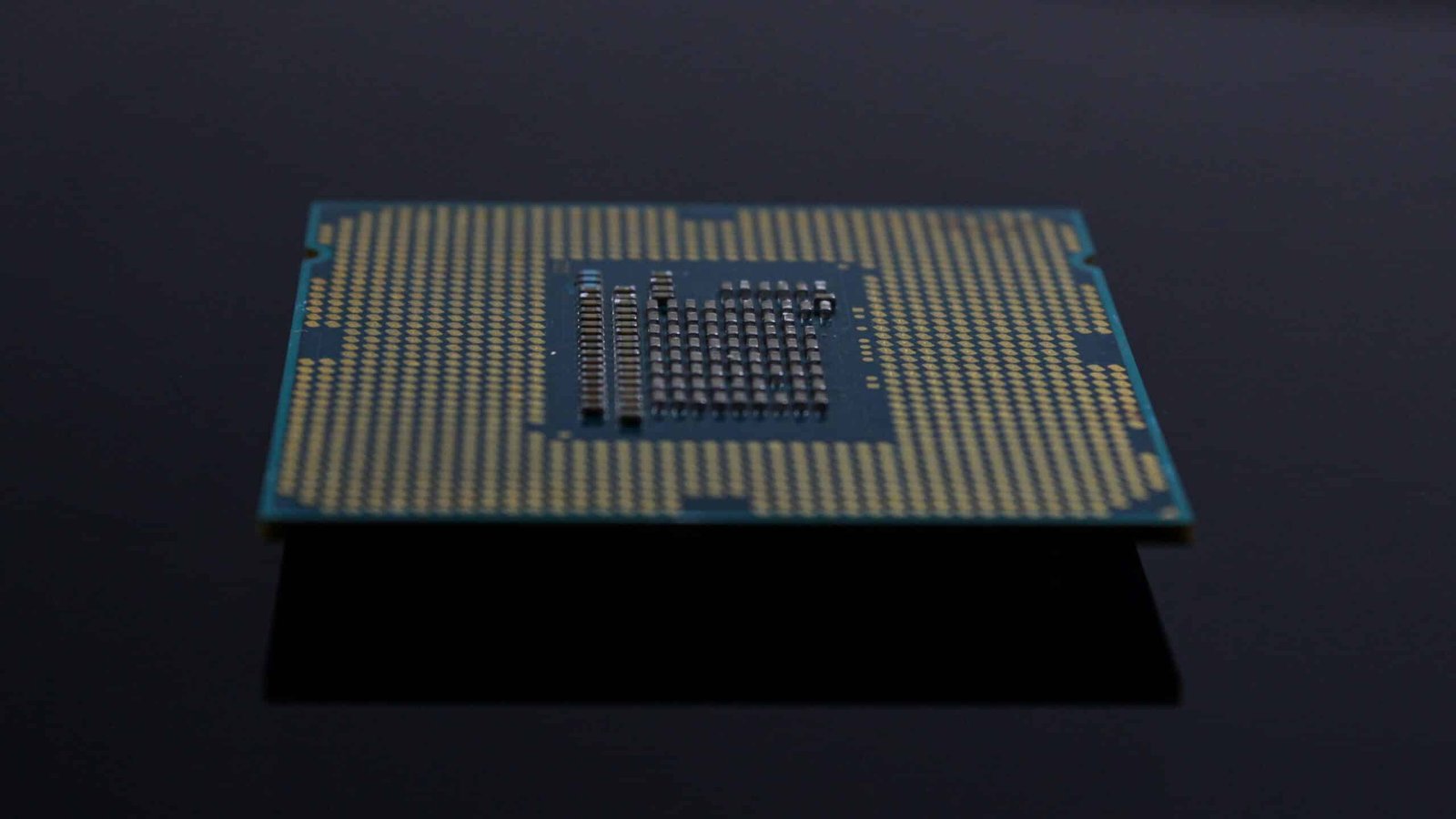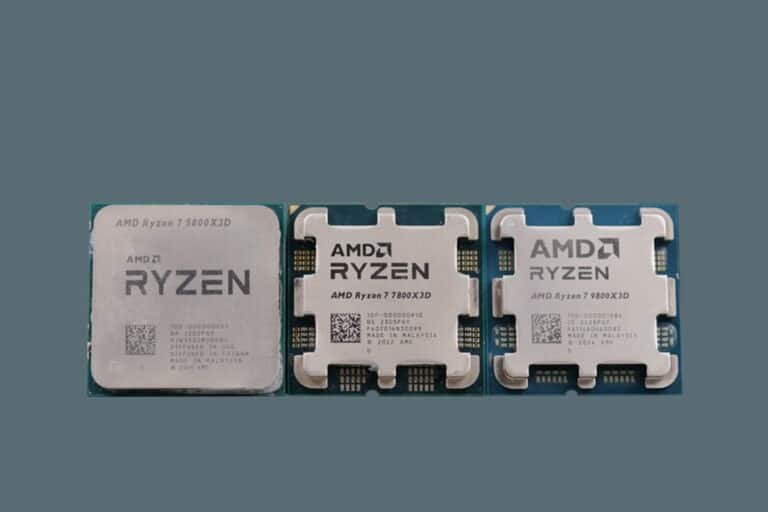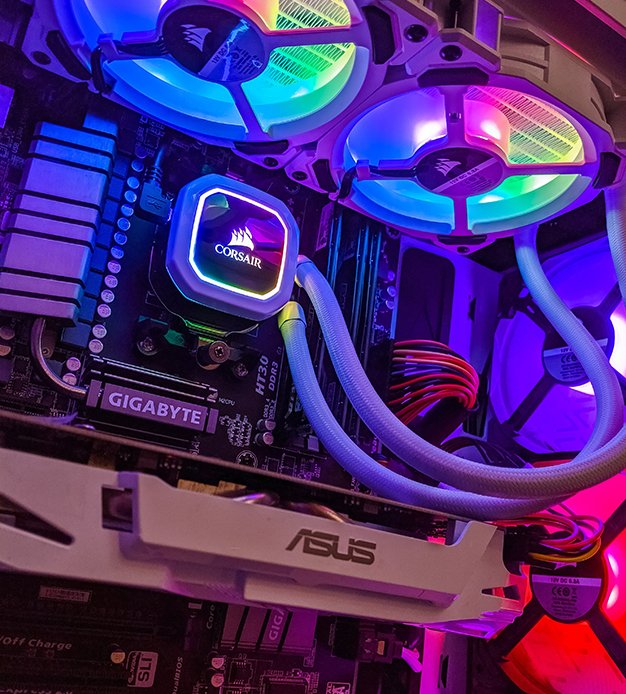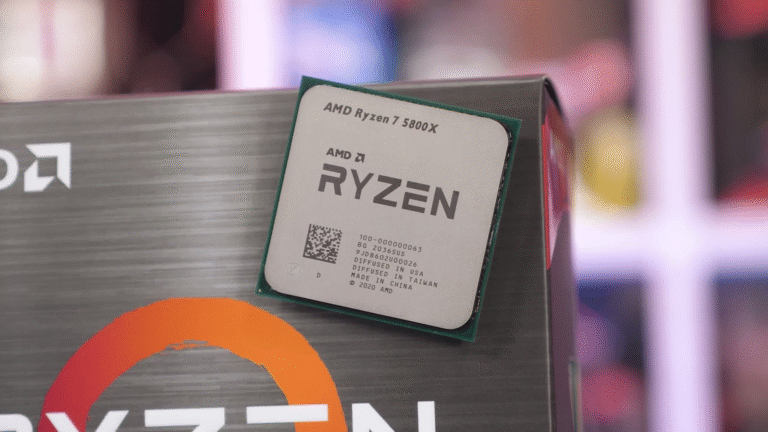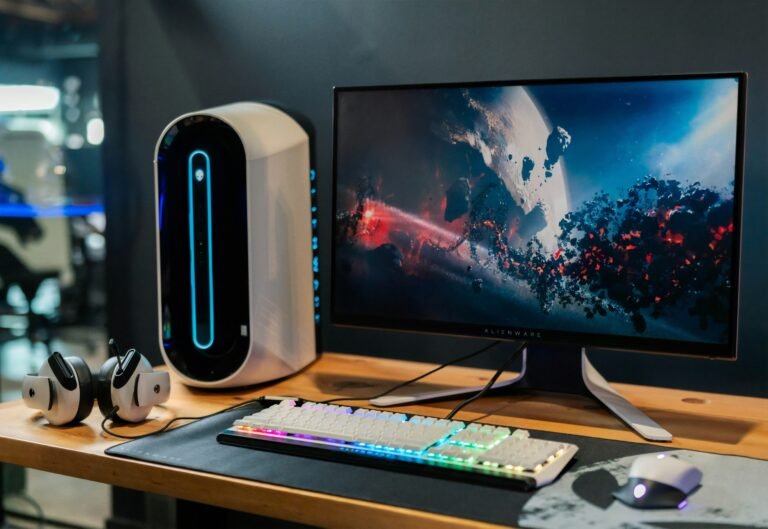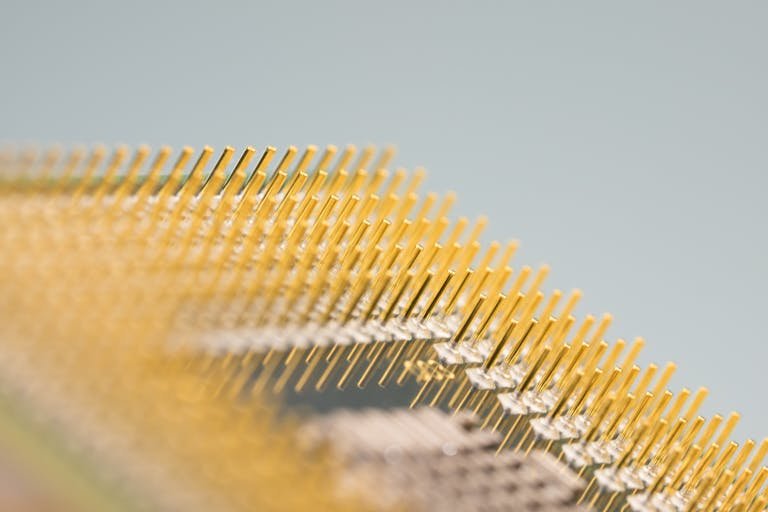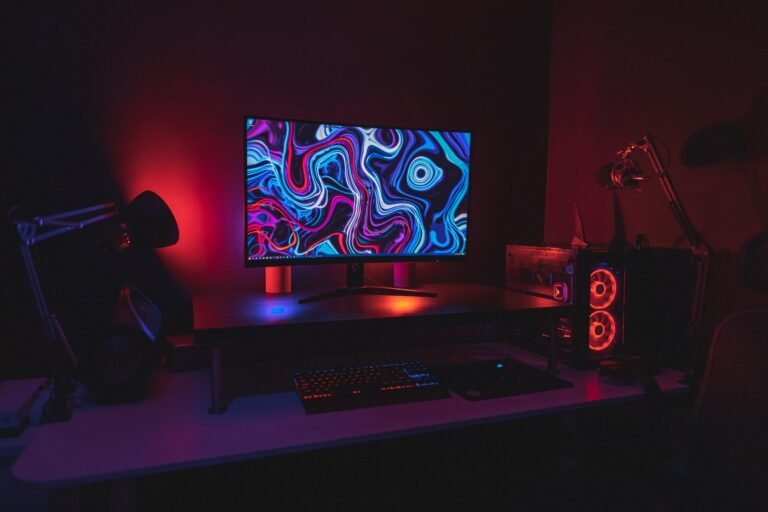Central Processing Unit (CPU): The Brain of Your Computer
When you use your computer, smartphone, or even your smart TV, there’s a tiny but powerful component working tirelessly behind the scenes to make everything happen. This component is the Central Processing Unit (CPU), often referred to as the “brain” of the computer. Just like your brain handles your thinking and decision-making, the CPU is responsible for executing instructions and processing data for your device, ensuring your games, apps, and programs work smoothly.
Why is the CPU So Important?
The CPU’s role is fundamental. Without it, a computer would be little more than an inert box of parts. It manages every task you give your device, from the moment you press the power button to when you shut it down.
Whether you are typing a document, browsing the web, or editing a video, the CPU is the active manager that transforms your input into information output. A faster, more powerful CPU generally means a more responsive and capable device.
Its core functions include:
- Performing mathematical calculations.
- Running software applications and games.
- Managing input from devices like the keyboard and mouse.
- Coordinating data flow between various components.
The Main Components Inside a CPU
While a CPU is a single chip, it contains several key components that work together in harmony. The three primary components are:
- Control Unit (CU): This part acts as the manager of the CPU. It directs the flow of data and instructions, sending signals to other components to ensure they work together to complete tasks.
- Arithmetic Logic Unit (ALU): This is the mathematical and logical heart of the CPU. It handles all calculations (like addition and multiplication) and makes logical decisions (comparing numbers or words) .
- Memory Unit: This component manages the flow of data between the CPU and the computer’s memory (RAM). It also oversees the cache, a small but extremely fast memory located directly on the CPU chip that stores frequently used data for quick access.
- Registers: These are small, ultra-fast storage locations located directly within the CPU. The registers hold data, instructions, and memory addresses that the CPU is currently processing, allowing for quick access without having to retrieve data from slower main memory (RAM).
- Cache: A CPU cache is a small but extremely fast memory built directly into the processor. It stores frequently used data and instructions to prevent the CPU from constantly waiting for data from the slower main memory. Cache is typically organized into a hierarchy of levels (L1, L2, L3), with L1 being the smallest and fastest, and L3 being the largest and slowest
Types of CPUs: Cores Make the Difference
One of the most significant ways CPUs differ is in the number of cores they have. A core is essentially a mini-processor inside the main CPU. More cores allow a CPU to handle multiple tasks simultaneously, much like having several chefs in a kitchen instead of one.
The table below outlines the common types of CPUs based on core count:
A Brief History of the CPU
The journey of the CPU is a story of remarkable miniaturization and power growth .
- Early Beginnings (1940s-1950s): The story of modern computing began with machines like ENIAC in 1946. This early computer was massive, occupying 1,500 square feet and using thousands of vacuum tubes. Programming it involved physically rewiring the machine.
- The Transistor Revolution (1950s): The invention of the transistor replaced bulky and unreliable vacuum tubes, allowing computers to become smaller, more reliable, and more efficient.
- The Microprocessor is Born (1970s): A huge leap came in 1971 when Intel released the Intel 4004, the first commercially available microprocessor. This was a full CPU on a single, tiny chip, paving the way for the personal computer revolution.
- The Rise of Multi-Core (2000s-Present): Instead of just making single cores faster, manufacturers began putting multiple cores on a single chip. AMD introduced the first dual-core processor for consumers in 2005, leading to the powerful multi-core CPUs we have today from companies like Intel (Core i3, i5, i7, i9) and AMD (Ryzen series) .
CPU Instruction Cycle
Every instruction your CPU runs goes through these main phases:
1. Fetch
- The CPU’s Program Counter (PC) holds the address of the next instruction in memory.
- The Control Unit fetches (reads) this instruction from memory (RAM) into the Instruction Register (IR).
- After fetching, the PC is updated to point to the next instruction.
2. Decode
- The CPU looks at the fetched instruction in the IR.
- The Control Unit interprets (decodes) what needs to be done (e.g., add numbers, load data, store data, jump, etc.).
- If operands (data values) are needed, the CPU figures out where they are located (registers, memory, etc.).
3. Execute
- The instruction is carried out.
- Examples:
- Arithmetic Logic Unit (ALU) performs addition/subtraction.
- Data is moved between registers and memory.
- A jump or branch changes the PC to a different address.
4. Store (Write-back)
- The result of the instruction (if any) is stored back into memory or a register.
- Then, the cycle repeats for the next instruction.
CPU Manufacturing Process
The CPU manufacturing process is one of the most advanced and precise engineering feats in the world. It transforms simple raw materials, like sand-derived silicon, into powerful processors containing billions of transistors. Through steps like wafer creation, photolithography, etching, and packaging, these tiny yet complex chips are crafted to deliver the computing power that drives modern technology.
1. Raw Material – Silicon Wafers
- CPUs are primarily made from silicon, which comes from sand (silica).
- Silicon is purified, melted, and shaped into large, flawless cylindrical ingots.
- These ingots are sliced into thin wafers, which serve as the base for making CPUs.
2. Photolithography – Circuit Patterning
- The wafer is coated with a light-sensitive material called photoresist.
- Ultraviolet (UV) light is projected through a mask (like a stencil) to “print” the microscopic patterns of the CPU circuits onto the wafer.
- This defines transistors, gates, and connections.
3. Etching
- After exposure, the unprotected parts of the wafer are chemically etched away, leaving behind the transistor structures.
- Multiple layers are built up, often dozens of layers of metal and insulating material.
- Modern CPUs can have billions of transistors stacked in extremely tiny spaces (nanometers in size).
4. Doping & Ion Implantation
- Special chemicals (dopants) are added to silicon to change its electrical properties.
- This creates p-type and n-type regions, which are essential for transistor function.
5. Metallization – Wiring the Chip
- Ultra-thin layers of metals (usually copper or sometimes cobalt) are deposited.
- These form the interconnects (tiny wires) that link transistors together.
- Insulating materials are added to separate the layers.
6. Testing on the Wafer
- Before cutting, each CPU die (individual chip on the wafer) is tested for defects.
- Defective chips are marked and discarded.
- Yields matter: higher yields = more usable chips from a wafer.
7. Dicing & Packaging
- The wafer is cut into individual CPU dies.
- Each die is placed on a substrate and enclosed in a protective package.
- The package includes pins or contacts (LGA, PGA, BGA) to connect the CPU to the motherboard.
8. Final Testing
- CPUs undergo performance and thermal testing.
- Some chips are “binned”:
- Higher-quality chips are sold as faster models (e.g., i9).
- Lower-quality but functional ones may become lower-tier models (e.g., i5/i3).
Key Facts
- Process node size: Refers to transistor size (e.g., 7nm, 5nm, 3nm). Smaller nodes = more transistors, better efficiency.
- Transistor count: Modern CPUs have tens of billions of transistors.
- Timeframe: From sand to CPU can take 3–4 months of processing.
CPUs in the Modern World
Today, CPUs are everywhere, not just in desktop computers :
- Personal Computers and Laptops: Here, CPUs run your operating system and all your applications, from word processors to complex video games.
- Mobile Devices: Your smartphone and tablet contain CPUs that are specially designed to be small and energy-efficient to conserve battery life while handling calls, apps, and videos.
- Servers and Data Centers: Powerful CPUs in data centers run the internet, processing millions of requests every second for websites like Google and YouTube.
The Bottom Line
The Central Processing Unit is a marvel of engineering that has evolved from room-sized machines to chips smaller than a fingernail. As the fundamental building block of all modern computing, the CPU’s continued evolution promises even more powerful and efficient technology in the future. Understanding what it is and what it does helps you appreciate the incredible technology you hold in your hands every day.
